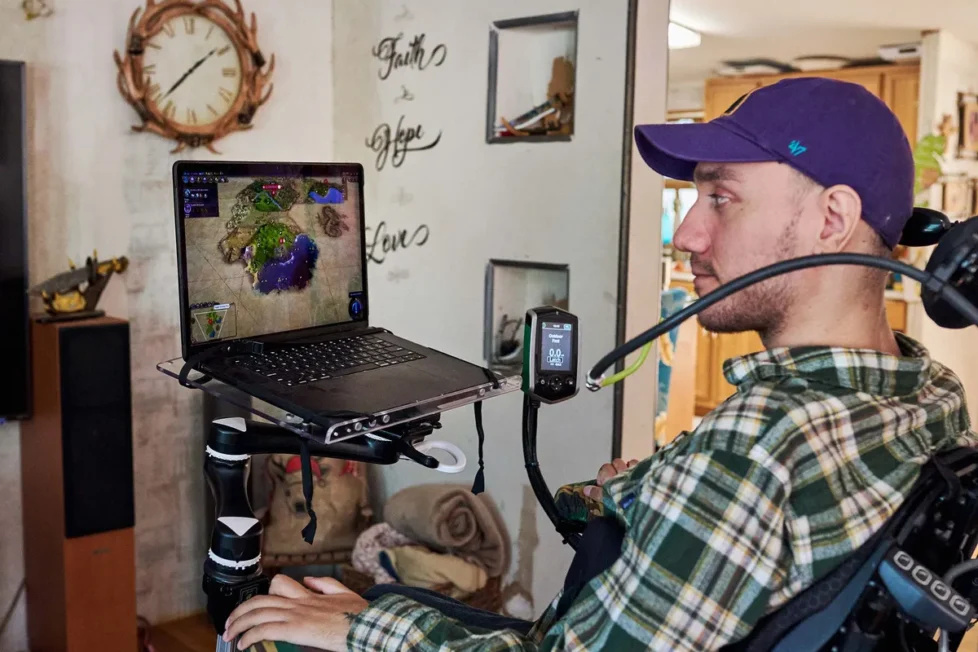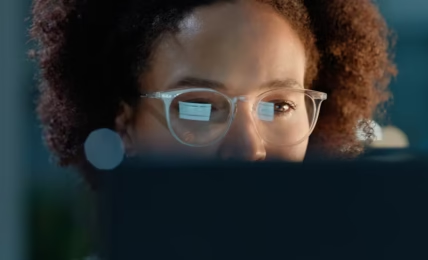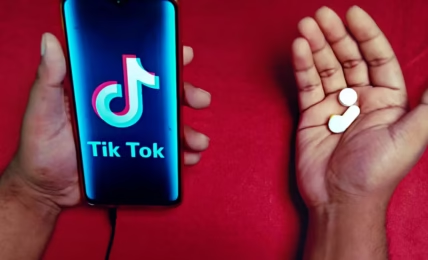Noland Arbaugh: The First Human to Live with a Neuralink Brain Chip
Imagine moving a computer cursor, sending a text, or even playing your favorite video game—just by thinking about it. For most of us, that sounds like science fiction. But for Noland Arbaugh, it’s now everyday reality.








